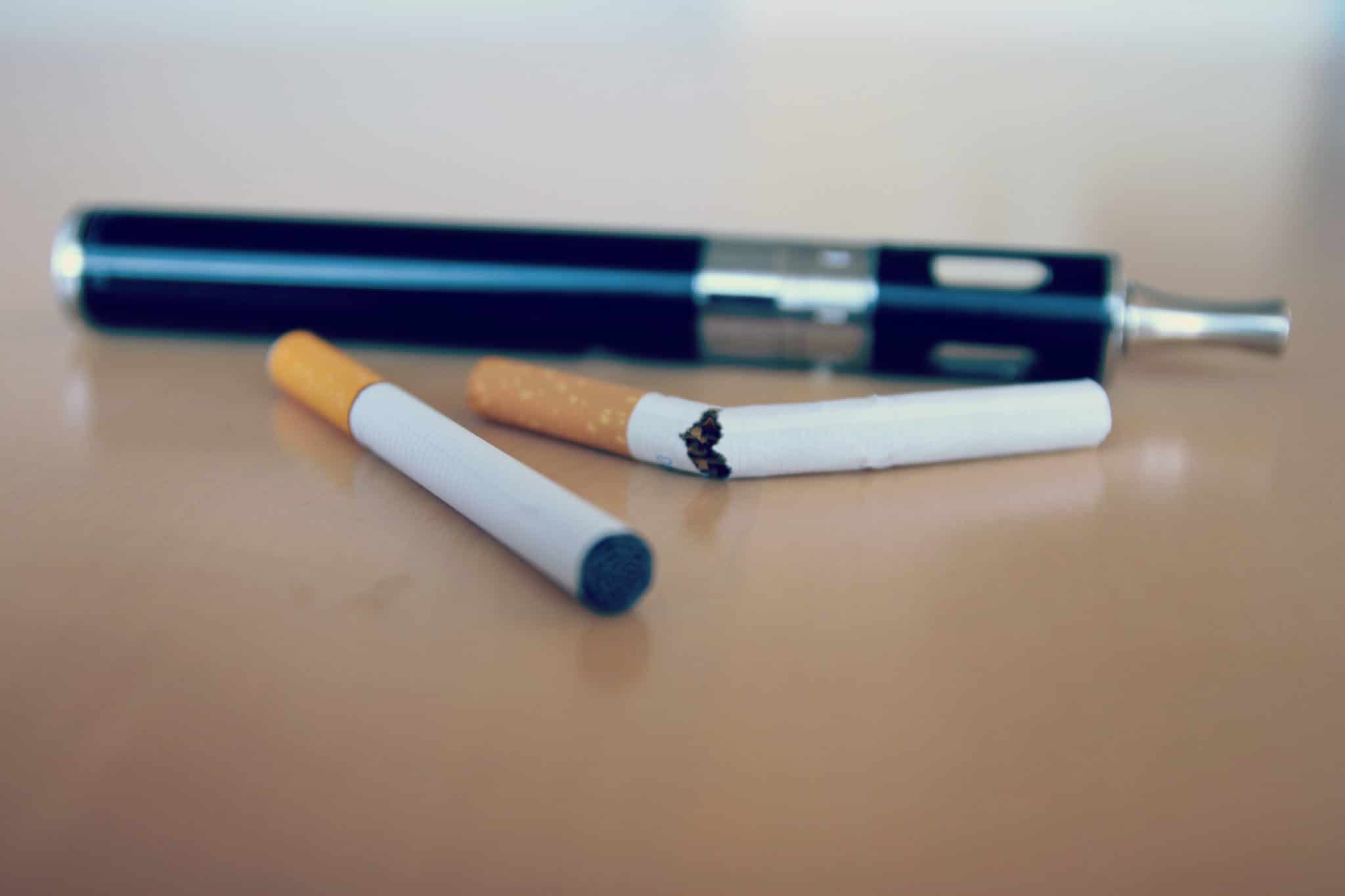On September 30, the Centers for Disease Control and Prevention (CDC) and the Food and Drug Administration (FDA) released new, long-awaited data on youth vaping rates in the United States.
Although the agencies note that remote learning might have affected students’ access to nicotine products, and discourage comparisons to years prior, there was a dramatic decrease. The rate of current use fell from 19.6 percent (per last year’s figures) to 11.3 percent among high schoolers; and from 4.7 percent to 2.8 percent of middle schoolers. (“Current” e-cigarette use is defined as using at least once in the past 30 days.)
Daily use, meanwhile, occurs only among a fraction of all youths defined as current users: 3.1 percent of high-schoolers vape daily, according to the latest data, and 0.2 percent of those in middle school.
Additionally, the products now favored appear to be disproportionately disposable vapes, not the pod-based or open systems that most adults prefer: 53.7 percent of vaping youths use disposables, say the new figures—up sharply from 26.5 percent in 2020.
Industry observers, tobacco harm reduction (THR) proponents, and vape manufacturers have been anticipating this information for weeks. Culled from the 2021 National Youth Tobacco Survey between January 18 and May 21, 2021, the numbers are the first to come out of the pandemic and present a fresh picture on what vaping looks like at middle schools and high schools across the country. They are also the first to appear after the FDA began releasing decisions on vape companies premarket tobacco product applications (PTMAs) in recent months: The agency has stripped the products of smaller- and medium-sized producers from the market while those from the major players—the ones usually blamed for sparking the youth vaping “epidemic”—are still pending review.
This is likely good news for the major players, who typically make pod-based vapes that overwhelmingly are not favored by teenagers; it could be bad news, however, for the smaller producers, who have been locked out of an industry because they could not fund the necessary scientific studies to show that their products were not falling into the hands of kids.
“The FDA has issued product denials to manufacturers that had absolutely nothing to do with the youth use issue,” a vaping industry insider told Filter, speaking on the condition of anonymity.
“That falls entirely on the larger disposable and pod product makers who have been given extra time and leeway to have their applications considered by the agency,” they continued. “Disposables are now used by more than half of teen users, while the open system devices the agency is removing from the market are used by adults. The FDA is making the issue of adult smoking and teen vaping worse with their absurd and misguided regulatory assault on small and medium sized businesses. This data shows just that.”
Photograph by Vaping360 via Flickr/Creative Commons





Show Comments